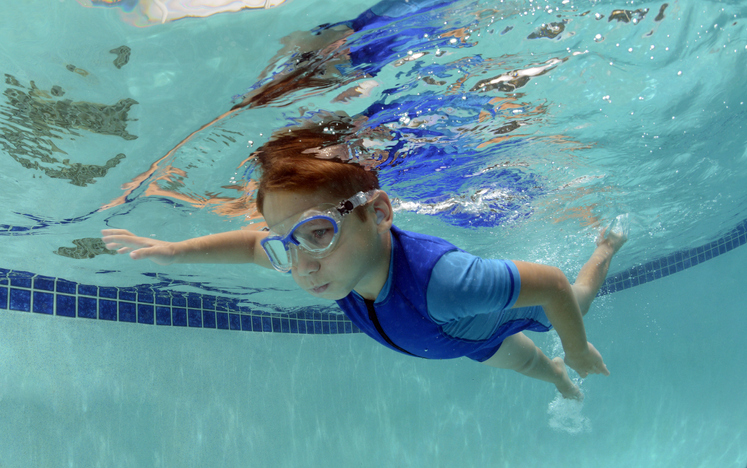Swimming is a fantastic way to beat the heat and stay active during the summer months. Although swimming can mostly be freely enjoyed, one concern for swimmers is the dreaded “swimmer’s ear.” In this article, we’ll dive deep into the topic, providing you with advice on how to avoid swimmer’s ear and keep your aquatic adventures worry-free.
Swimmer’s ear, also known as otitis externa, is an infection of the outer ear canal. It is typically caused by bacteria or fungi that comes from the water trapped in your ears after swimming. The ear canal is a warm and moist environment where bacteria is able to thrive and grow rapidly. Swimmer’s ear can be uncomfortable and even painful, causing redness of the ear canal, pain, and discharge of pus and fluids. The good news is that swimmer’s ear is easily preventable; below are some tips you can follow to help minimize the risk of getting swimmer’s ear:
- Dry those ears: After swimming or showering, take a moment to dry your ears thoroughly. Gently tilt your head to the side and use a soft towel to remove any excess moisture. Remember, moisture is the culprit behind swimmer’s ear, so a little drying can go a long way.
- Earplugs: Consider wearing earplugs specifically designed for swimmers. These handy devices create a waterproof barrier, preventing water from entering your ear canal. They come in different shapes and sizes, so find the ones that fit comfortably and snugly in your ears. Your PharmaChoice pharmacist can help guide you in selecting the right earplugs for you.
- Keep it clean: Maintaining good ear hygiene is crucial. Avoid inserting objects like cotton swabs or bobby pins into your ears, as they can damage the delicate ear canal and increase the risk of infection. Instead, gently clean the outer ear with a damp cloth.
- Say no to dirty water: Choose swimming locations wisely. Avoid swimming in pools or natural bodies of water that appear unclean or have a strong odor. These environments are more likely to harbour bacteria and increase your chances of developing swimmer’s ear. Opt for well-maintained swimming areas whenever possible.
Unfortunately, even those who take every precaution can still end up with swimmer’s ear. Treatment for swimmer’s ear involves a combination of self-care measures and prescribed medication. Although mild cases may resolve on their own, it is important to consult a healthcare professional for proper diagnosis and guidance. If you are prescribed antibiotics, your pharmacist can counsel you on how to take the medication and side effects to watch out for. Your pharmacist can also help you choose appropriate non-prescription pain killers to help manage any discomfort.
Summer and swimming go hand in hand, but swimmer’s ear can dampen your aquatic adventures. By following the tips above, you can keep swimmer’s ear at bay and make the most of your time in the water. Speak to your PharmaChoice pharmacist today about protecting your ears this summer!




